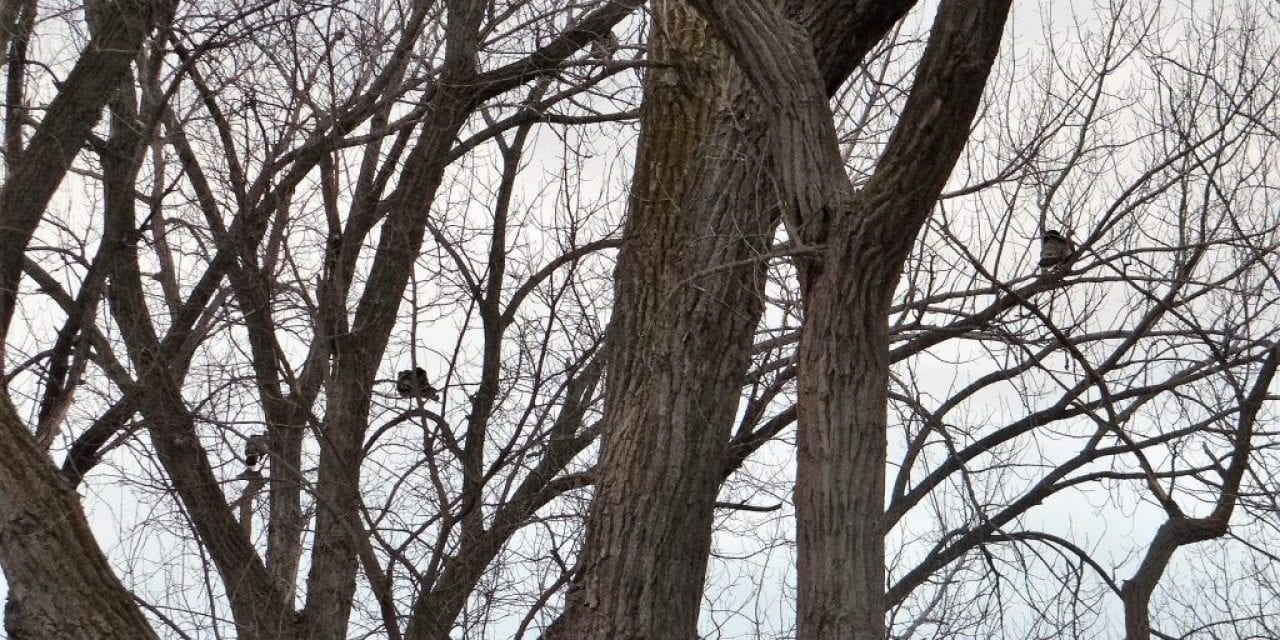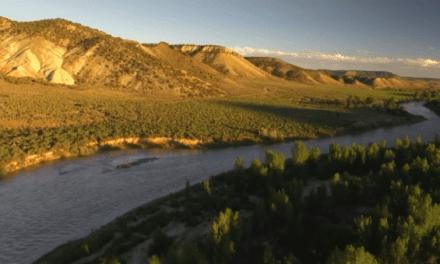It is obviously still winter. However, the length of daylight is increasing. Deer have begun shedding their antlers. Some sandhill cranes have arrived already along the Platte River in south-central Nebraska. These are indicators that spring is just around the bend.
For those of us who spring wild turkey hunt, our thoughts are drifting to the woods where we stake our blinds and decoys.
A walk in the woods where wild turkeys reside or frequent is a refreshing and welcomed activity in winter on a nice, bluebird-like day. Yes, I know, it’s cold outside, but there is a reason to be in the woods. Turkeys!
Scouting well in advance of your season opener is the best way to help improve your odds for a successful spring wild turkey hunt, especially for the archery season. Nebraska’s archery/crossbow spring wild turkey hunting season opens on March 25.
Many hunters though will tell you that scouting doesn’t do any good for the turkeys they hunt. They’ll say why bother to scout because “the birds are not even there yet,” or “they’re still flocked up and I don’t want to disturb them.” My response: You don’t know, unless you go. For savvy turkey hunters, scouting is a year-round activity for wild turkeys, and it becomes more focused in early to mid-March when the birds begin moving from wintering areas to breeding areas.
Jim Druliner of Omaha, NE, co-owner/manager of the Sillosocks Darn Fine Decoys company and an avid turkey hunter, has an interesting analogy to pass along to turkey hunters. He says “hey, if you’re a deer hunter, you have your trail cameras up and running, don’t you, and you scout before the season, right?” So, if you’re a spring turkey hunter, why wouldn’t you do the same thing, I sure do.”
So, here some important points to highlight about preseason scouting for wild turkeys.
Location, location, location.
Although daily movements of resident birds may change, most often wild turkeys will utilize the same habitat annually that meets their needs — particularly roosting cover/trees, seasonal food sources and spring breeding/nesting sites. These locations should be noted on maps or map apps. As a matter of reference, research in Nebraska shows that wild turkeys prefer two types of trees for roost sites — the eastern cottonwood found statewide and the ponderosa pine in the west. Usually you won’t find them roosted very far from a water supply either, and if they can find a tree situated over running water, that is ideal to them. I find that east slopes over water to greet the warmth of the morning sun are sought by turkeys.
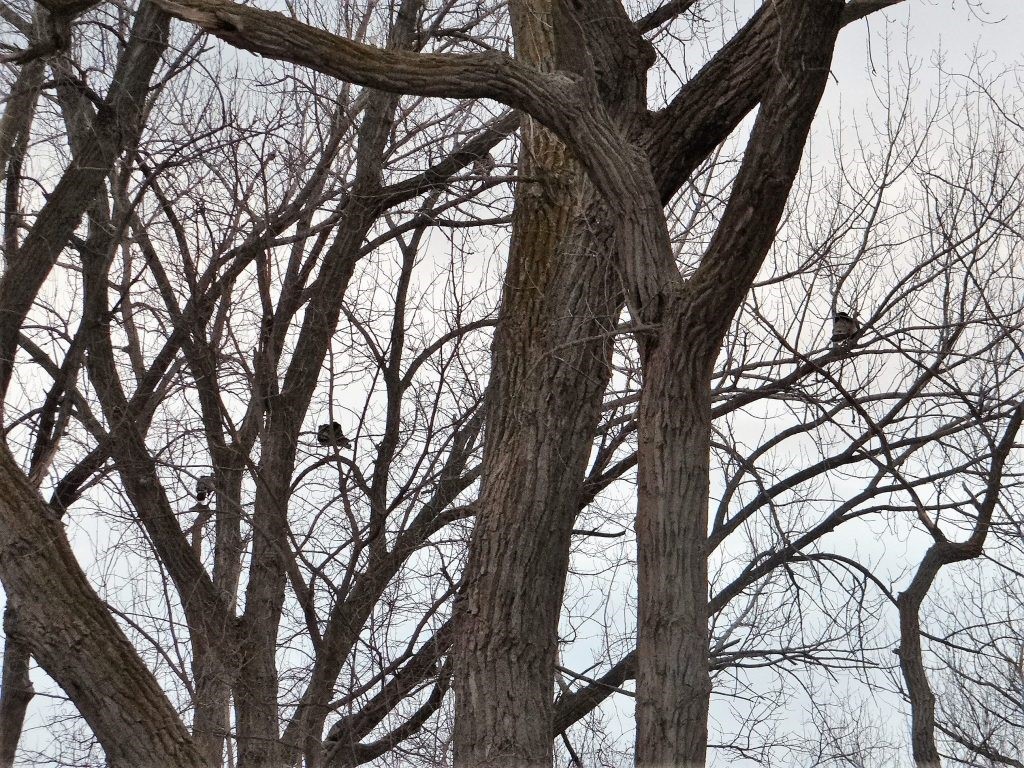
Turkeys really like open woods, too. Stands of woodlands that have somewhat open understories allow turkeys to easily see danger, be in cover and forage for mast. Open understories usually occur in woods with high canopy cover containing large, mature trees. In agricultural areas, turkeys often depend on harvested crop fields or livestock feed yards for waste grain or may even target freshly planted agricultural fields for food. Wild turkeys also scratch for seeds and acorns as well as eat everything from insects to earthworms to green matter. They seek out grasslands that have underwent prescribed burns for the insects, seeds and new growth they offer.

Go low impact, but when and how?
Do not “educate” or disrupt turkeys. Wildlife biologists say winter scouting should be done as stealthy as possible so as not to spook wild turkeys or other wildlife that could alert wild turkeys. The less contact you have with a male wild turkey before you hunt him, the better the chances are that you’ll be able to lure him into range when it counts. Do I call? It is generally not recommended to call turkeys in the preseason, but with a few exceptions. Basic turkey calling should not have any effect on the birds other than to elicit a response — unless, of course, you’re careless and spook them! If sunrise happens and your terrain is silent. Employ a barred owl call and blow the “who-cooks-for-you” refrain. If that doesn’t work to get a gobbling response, try a crow, hawk or pileated woodpecker call.
Interestingly, studies prove turkeys can recognize individual turkeys, so biologists believe they must also recognize different calls and associate the same type, tone, frequency and duration of calling being from the same individual. The bottom line: If a hunter calls in and spooks a gobbler, the gobbler from then on may associate the same call or type of calling with a bad experience and refuse to come close, or stop gobbling altogether.
Also, scout just prior to sunrise, if possible, from high vantage points or where you can at least see and hear for long distances. Use good binoculars and spotting scopes to glass for birds in the trees. Similar information can be gathered in the evenings, especially using the barred owl call nearing sunset. In fact, you have may have the opportunity to see and hear birds flying up in their roost trees for the night. Watch and listen for turkeys creating a ruckus taking the roost, but don’t get too close! Put them to bed, so to speak, and discreetly leave.
For midday hours, careful scouting from a vehicle is an effective way to gain valuable details about individual birds, flocks, habits and routines. Plus, scouting from a motor vehicle won’t disturb the birds. They are used to seeing motor vehicles. Drive interior farm, ranch and acreage roads if the landowner doesn’t mind and the conditions allow. In addition, when we have those 50- plus degree days, take a quiet, stealthy hike wearing your camouflaged clothing and understand the lay of the land as it applies to turkeys. There’s no foliage to obscure your view, and since turkeys haven’t quite dispersed into their springtime ranges yet, you don’t have to worry as much about causing total disorder.
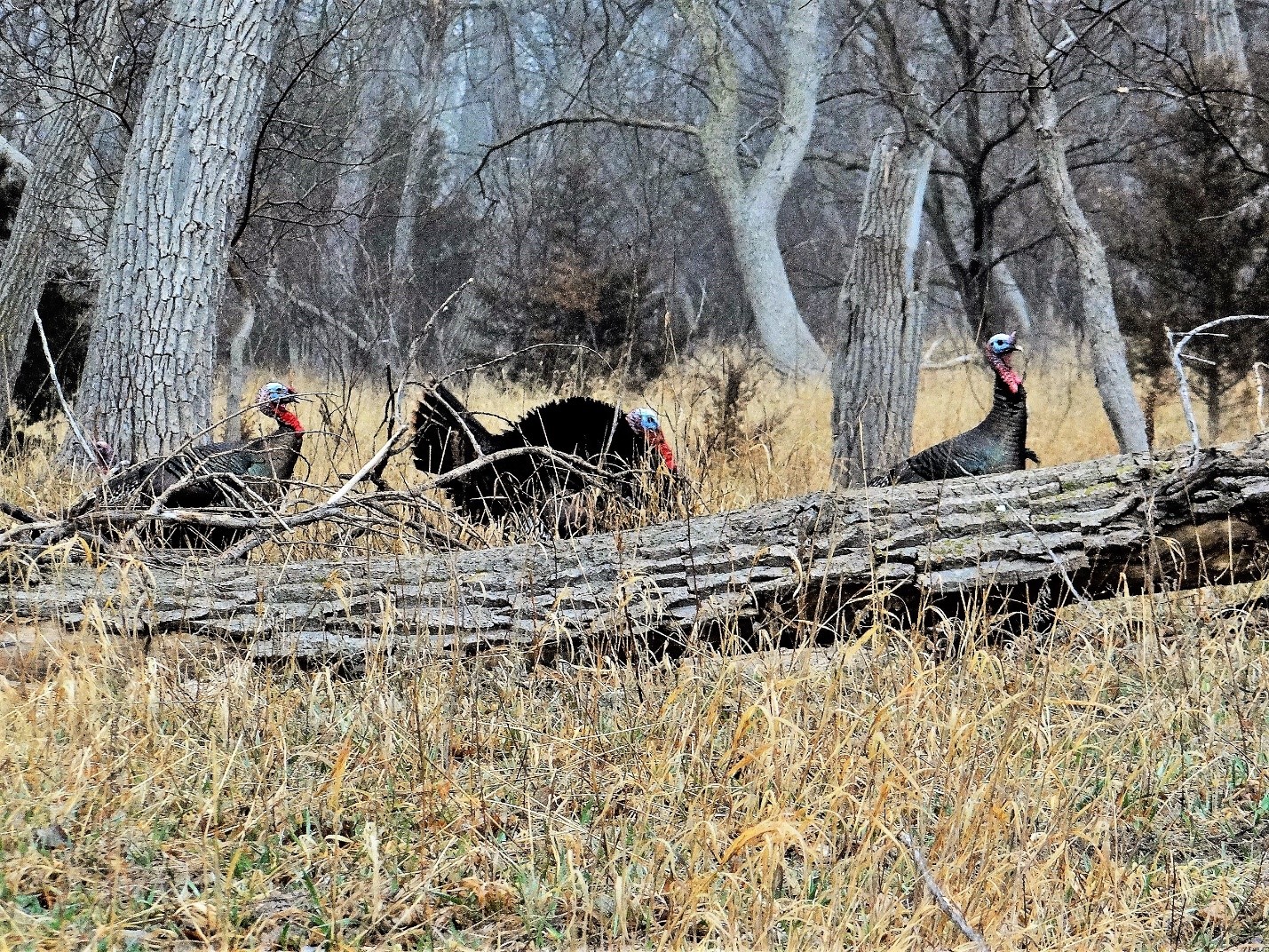
Sign, sign and everywhere a sign.
Wild turkeys almost always leave a mess wherever they are and give up their whereabouts. Fresh droppings from turkeys are a primary indicator of birds in the area. Ordinarily the scat is small and cylinder shaped, with a diameter slightly bigger than a penny. The ends of the droppings are usually somewhat blunt in form and the scat often curls in one direction. A heavy concentration of fresh droppings under trees can indicate current roosting areas. Know that droppings made by each gender of the bird aren’t always uniform and identifiable.
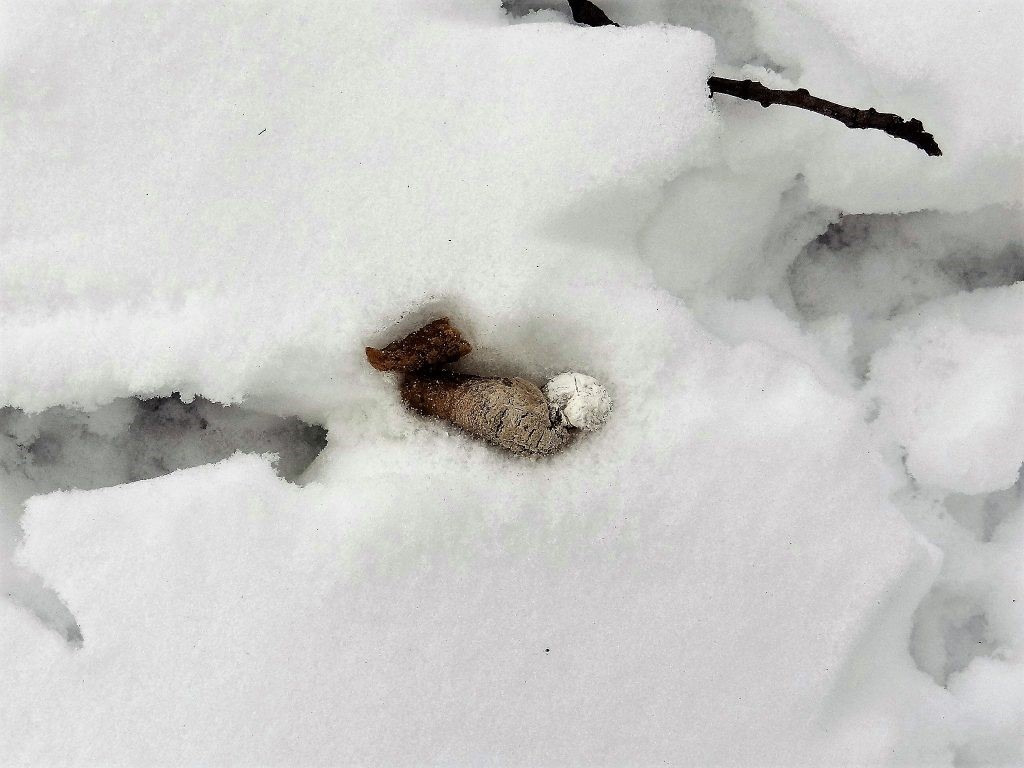
Tracks are crucial to examine and determine gender and numbers. Hens and gobblers leave behind three-toed tracks, but the middle toe of the gobbler is longer than his other digits. Gobblers have tracks that are approximately 4 1/2-inches long from the base of the heel to the tip of the center toe, while hen tracks are an inch shorter. You can count the sets of tracks to determine flock size. Other turkey signs should be sought as well.

Molted feathers (a gobbler’s body feathers are black-tipped, while hen feathers are buff colored) and more so, primary wing feathers near suitable trees, may uncover roosts. Also, scratch marks in leaves where the turkeys have uncovered food such as acorns, dusting areas where they’ve rolled in loose soil and created a shallow depression, and even narrow, parallel wing drag lines from strutting, can provide clues to their presence. An abundance of different signs suggests that wild turkeys are hanging out in the area. Putting the pieces of this puzzle together gets you ever-closer to cancelling your Nebraska turkey permit tag.
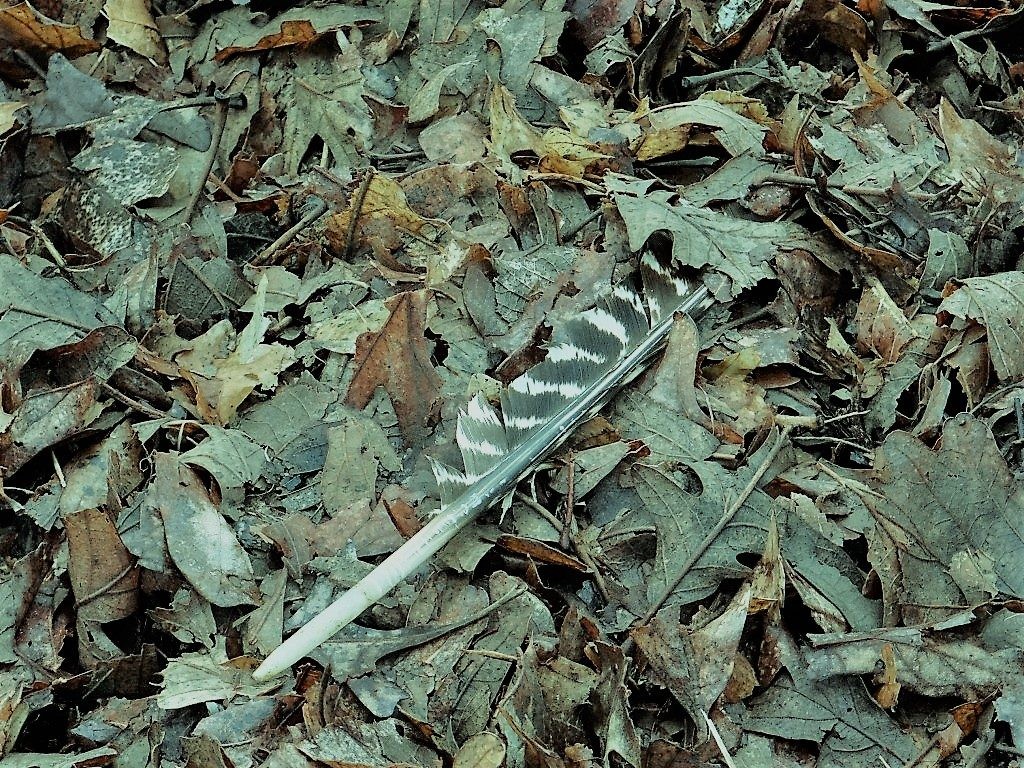
Take pics, apply technology.
You know those high-tech, digital trail cameras you used to identify white-tailed or mule deer before your specific deer hunting season opened? They work just as well for pinpointing where certain wild turkeys are during various times of the day and what their behavior is then. The key is to watch for hens. Find the hens and the toms will be around somewhere close. Jakes (juvenile male wild turkeys) quite often like to associate in small bachelor groups. You might even catch a few gobblers on the move. Set up along active game trails (turkeys tend to utilize the same travel lanes as deer), food plots, field edges, vehicle paths, and forested ridges, and be sure to log the data the trail cameras provide.
Also, don’t be afraid to add modern technology to your preseason preparation list for spring wild turkey hunting either. Whether its onX, Google Earth (Earth View), HuntWise or some other hi-tech means, you can learn a great deal about the lay of the land and terrain features in brief bit. These will help you narrow down likely areas of turkey habitat use, save time and make your actual scouting sessions more effective.
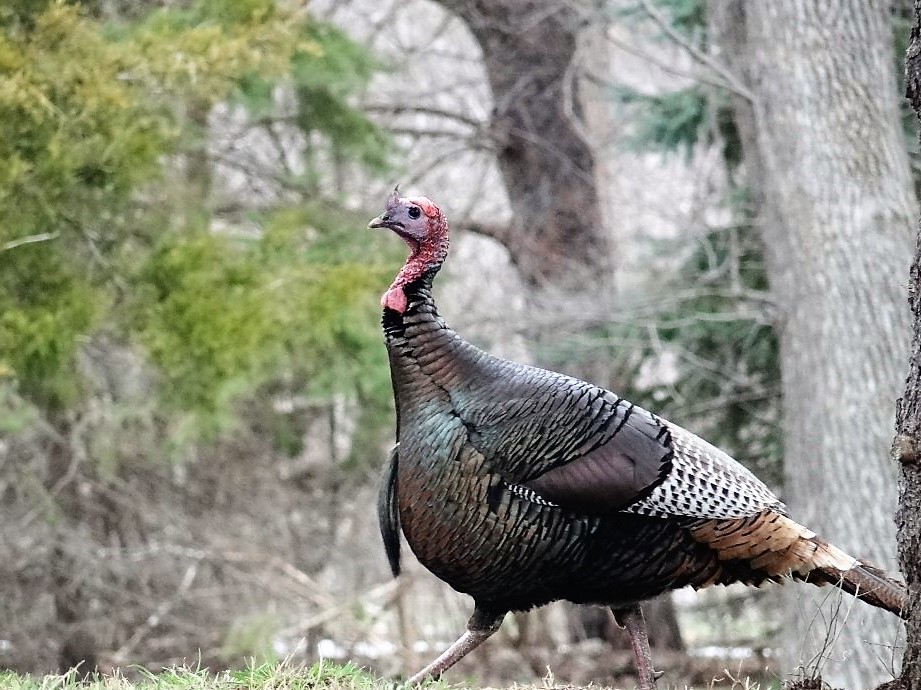
Know your history.
The old cliché: History tends to repeat itself, is the case when it comes to spring wild turkey hunting. Comprehending what turkeys have done in past spring seasons is critical to present and future hunting success. Learning how turkeys interact within the landscape of your hunting property is paramount. Is there an exact spot where they like to cross a creek? Do they have established roost trees? Where do they like to strut? Calling in a tom turkey is much easier when you’re sitting or positioned where he wants to go!
Miscellaneous Tips.
When scouting publicly-accessible land for spring wild turkey hunting, look for the larger tracts, scout and plan a hunt on them during the week, and hunt as far away from roads and parking lots as you can get.
On private land, take time to politely quiz the landowner for turkey information. Chances are the farmer, acreage owner, or rancher doesn’t hunt turkeys, but knows what the birds are doing, and where the birds are in the mornings, afternoons and evenings and with assorted weather conditions.
It is a memorable moment when a big tom turkey answers your call and comes to within shooting range. This is when your preseason scouting work pays off. Remember, the more information you have about turkeys, the more your chances for success increase!
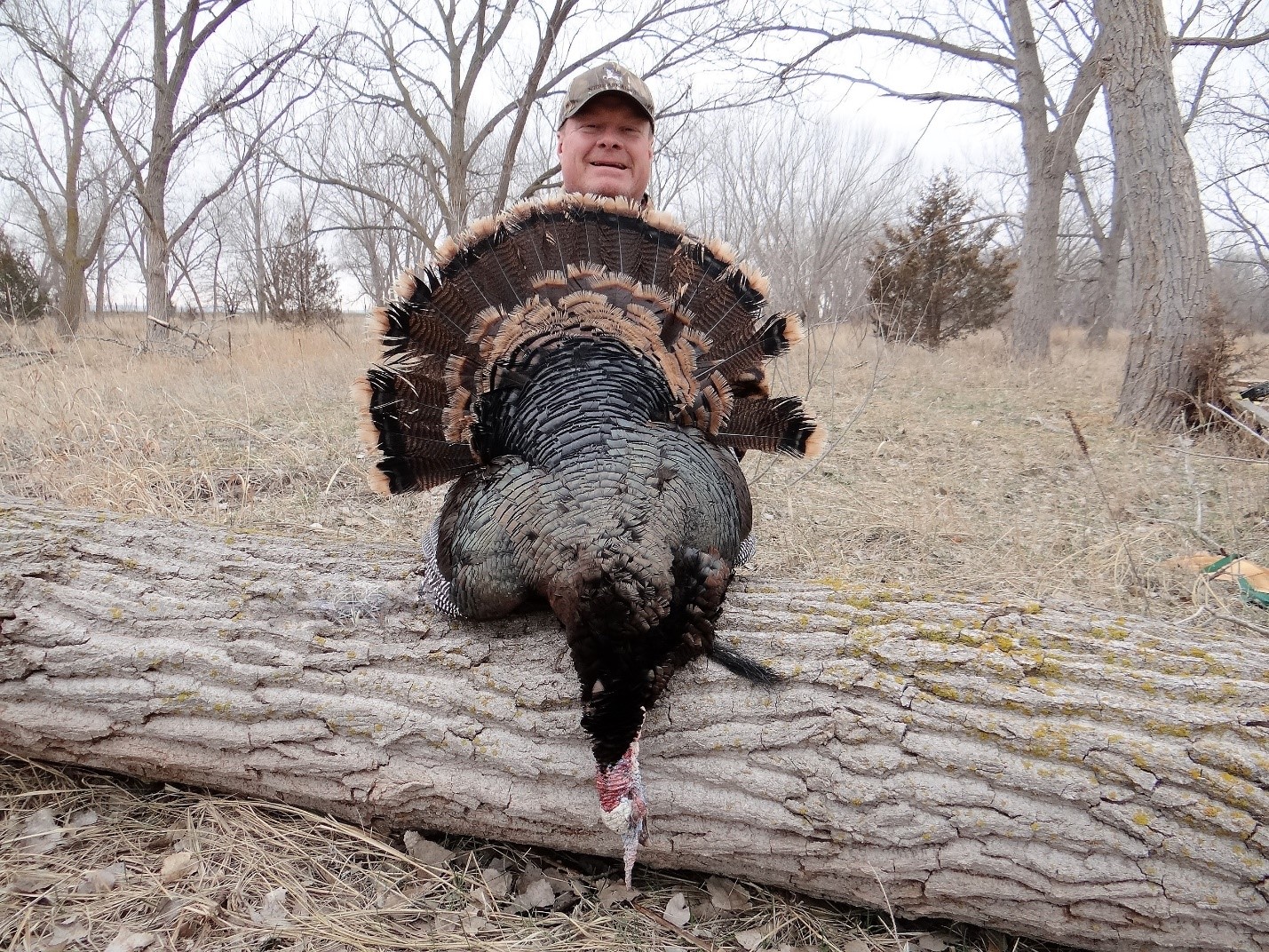
For more information about wild turkeys and hunting, check out the Nebraska Game and Parks Commission’s website here.
Good scouting and good hunting! GW.
The post Winter Scouting for Spring Turkeys appeared first on Nebraskaland Magazine.

